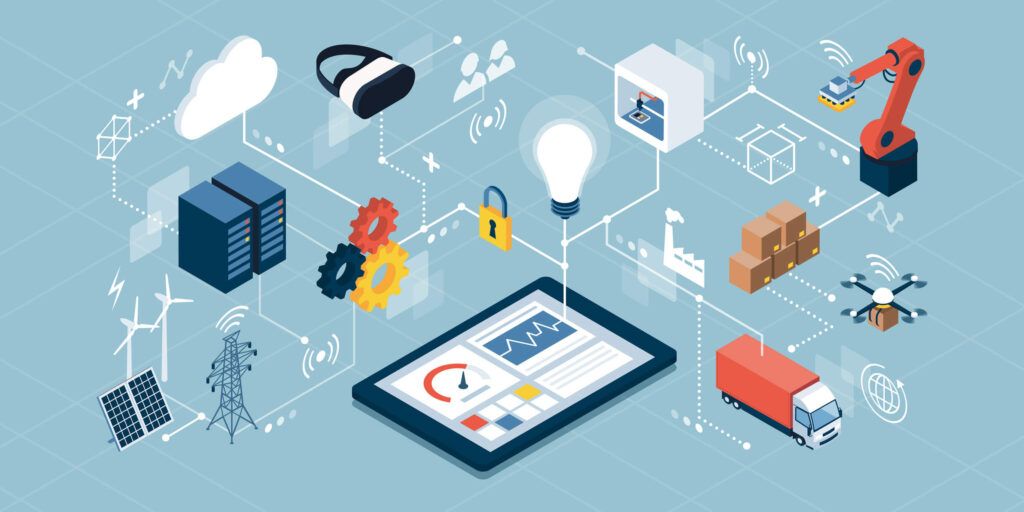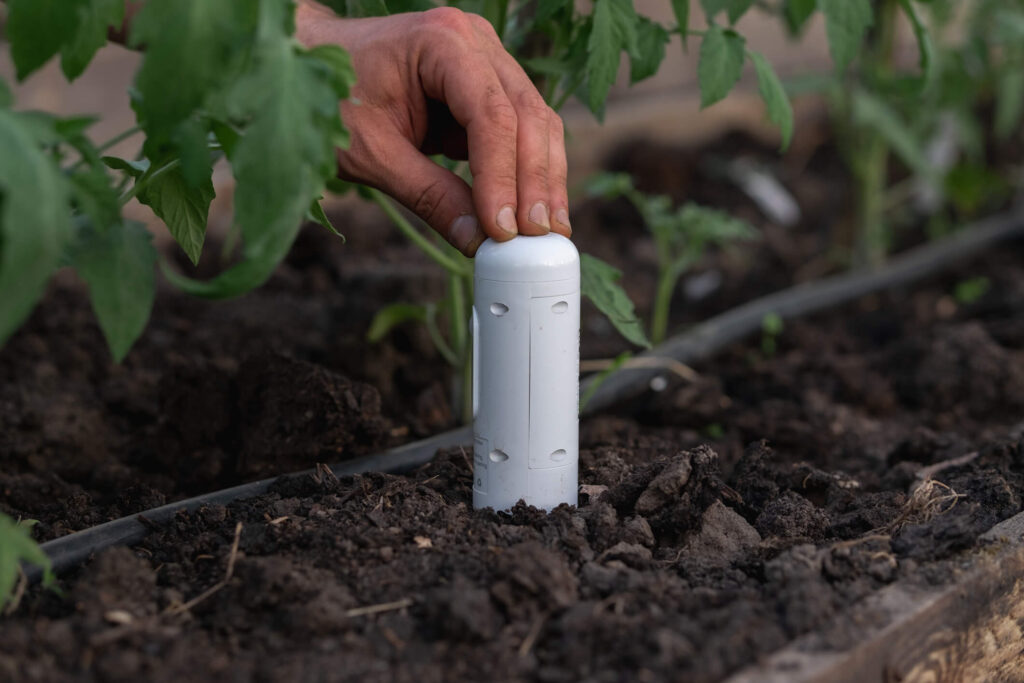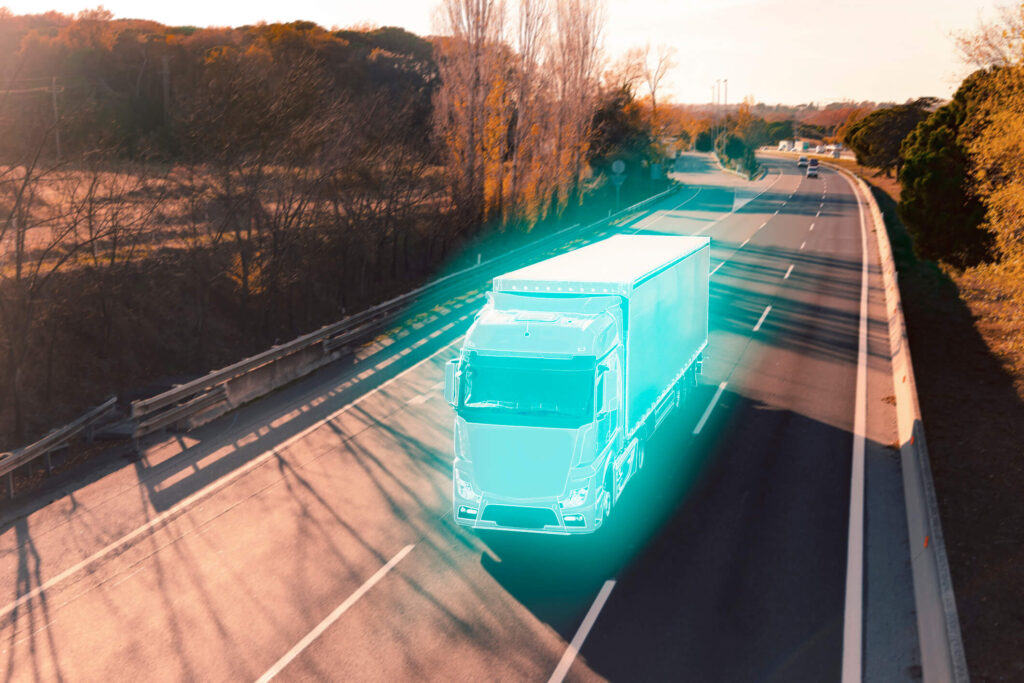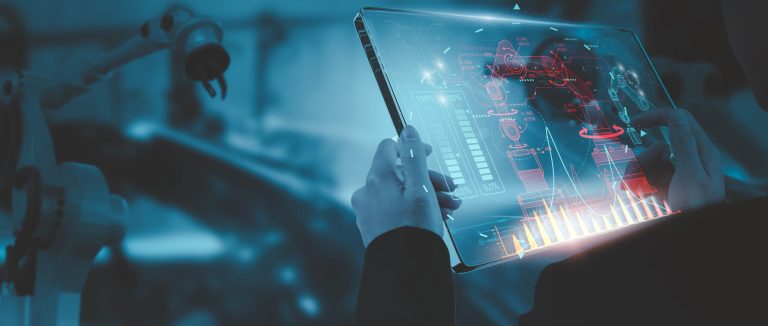Sensors are commonly utilised in many important sectors. From automation to healthcare, the use of sensors in the business sector has increased significantly over the years and as per Future Market Insights, in order to keep sensor technology evolving, businesses devote a significant amount of resources to research and development. Investing in cutting-edge manufacturing processes, material sciences, miniaturisation, and sensor integration with other advanced technologies like AI, IoT, and machine learning are all part of this.
1. Manufacturing and Automation

Sensors are essential for improving safety, guaranteeing quality control, and streamlining production processes in manufacturing and industrial automation (industrial IoT). In factories where environmental management is crucial, temperature and humidity sensors govern the environment, while proximity sensors identify objects present on production lines. Force sensors gauge the weight in materials handling equipment, while pressure sensors make sure machinery runs within acceptable bounds. Predictive maintenance frequently makes use of vibration sensors to identify early indications of equipment failure before they result in expensive downtime.
2. Automotive
Sensor technology plays a critical role in the automotive industry for improved user experience, safety, and efficiency. While pressure sensors control oil pressure and tyre inflation, temperature sensors assist in controlling engine performance. Airbag deployment and stability control systems depend on motion sensors like accelerators, while parking assistance systems use proximity sensors. Furthermore, cutting-edge sensors like LiDAR, radar, and camera-based sensors enable capabilities like collision avoidance, lane-keeping, and self-parking with the growth of electric vehicles and autonomous driving technologies.
3. Healthcare
Within the medical field, health monitoring systems use sensors such as body temperature, SpO2, and pulse sensors to measure blood oxygen levels. This small device monitors your vital signs all the time, displaying the information or sending it wireless for additional examination. This project offers real-time tracking of critical health indicators and is perfect for developing wearable health devices or personal monitoring systems.
One of the top healthcare technology trends is remote patient monitoring, which is possible thanks to wearable sensors that continuously monitor vital signs such as heart rate, blood pressure, and body temperature.
4. Agriculture

Thanks to the application of sensor technologies, the agricultural business has witnessed major breakthroughs. Smart irrigation systems use soil moisture sensors to effectively control water usage, making sure crops get the proper amount of water at the right time. Weather sensors allow farmers to make data-driven decisions about planting and harvesting by keeping an eye on variables like temperature, humidity, and wind speed. Drones using multispectral imaging sensors are able to assess crop health and identify problems early on, such as nutrient deficits or pest infestations, which improves yields and resource management.
Many companies, among others, Seeed Studio, have created a variety of sensor modules and connectivity options intended especially for the agricultural industry. Thanks to their AI and IoT solutions and advanced sensors, they create smart villages that help farmers improve their agricultural yields and improve the life of rural communities.
5. Home Automation
Sensors promote convenience, safety, and energy economy in the home. For instance, motion sensors detect movement for security systems, while temperature sensors and humidity sensors aid in managing heating, ventilation, and air conditioning (HVAC) systems, optimising energy usage. Another example are gas sensors which alert homeowners to dangerous chemicals like carbon monoxide, and lastly light sensors regulate automatic lighting based on occupancy or the time of day. All of these sensors in home automation systems provide homeowners with greater control over their living environment.
6. Environmental Monitoring
Environmental monitoring systems use sensors to collect data about different geological and atmospheric conditions. Air quality sensors assist towns and companies in adhering to environmental standards by identifying dangerous contaminants and tracking emissions. Water quality sensors are crucial for preserving clean water sources and identifying pollution since they evaluate the chemical characteristics of water bodies. Climate monitoring stations make extensive use of temperature and humidity sensors, which supply vital information for environmental research and weather forecasts. Sensors are one of the water-efficient technologies that revolutionise agriculture and improve water conservation methods.
7. Retail and Supply Chain Management

Thanks to its improvements in customer experiences, logistics, and inventory management, sensors have completely changed retail and supply chain operations. One example are RFID sensors that minimise errors and improve warehouse operations by tracking the flow of commodities across the supply chain. Also, proximity sensors are used in smart retail settings to identify consumer movement and initiate automated checkout procedures or personalised marketing. Also, sensor technology is crucial in the food industry. In order to guarantee that perishable items, like food or medications, are transported and stored properly, temperature sensors are essential.
8. Aerospace and Defense
Sensors are also used in aerospace and defence to guarantee the effectiveness, performance, and safety of defence systems and aircraft. Temperature sensors control engine performance and environmental controls, while pressure sensors monitor altitude, cabin pressure, and fuel systems. Navigation systems use accelerometers and gyroscopes to provide accurate control and stability. Infrared and radar sensors are examples of advanced sensor technologies that are employed in military applications for missile guidance, targeting, and surveillance.
9. Energy Sector
In order to monitor and manage resources in power generation, transmission, and consumption, sensors are essential in the energy sector. Power plants utilise a lot of temperature and pressure sensors to control the operation of their cooling systems, boilers, and turbines. Solar irradiance and wind speed sensors maximise the efficiency of solar panels and wind turbines in renewable energy. Smart grids employ a network of sensors to effectively manage energy distribution, monitor power flow, and identify issues.
10. Transportation and Logistics

Thanks to sensor technology, logistics and transportation have greatly improved by enabling safer and more intelligent operations. GPS sensors locate trucks and products, allowing for better route planning and faster delivery times. Proper load distribution is ensured by weight sensors in shipping containers, while cold chain logistics for delicate goods like food and medication are monitored by temperature sensors. With sensor technology, food can be transported more safely and efficiently. For instance, acceleration and inclination sensors are widely used in transport and logistics. They help monitor vehicle dynamics, detect movement, and ensure stability. Acceleration sensors track speed changes, while inclination sensors detect tilts or slopes, both of which improve safety, cargo monitoring, and vehicle performance in logistics operations.
Real-time data collecting made possible by sensors has revolutionised different industries by increasing the functionality and efficiency of devices. From home automation to healthcare, robotics, and agriculture, sensors boost systems’ ability to gather and handle real-world data. Also, the need for real-time data, automation, and Internet of Things integration is propelling the global sensor market’s rapid expansion. To learn more about sensors, read the article below.











